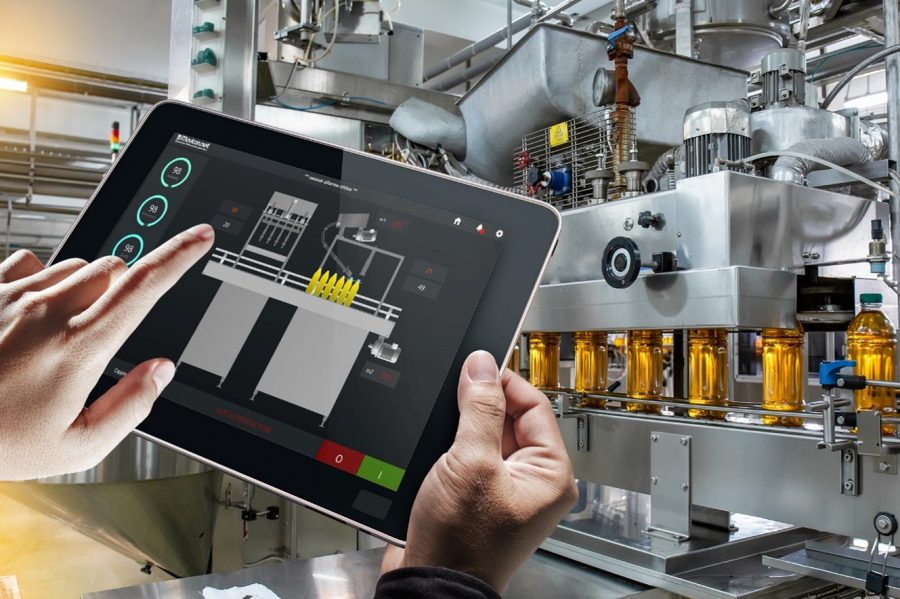In today’s competitive manufacturing landscape, packaging automation solutions are essential for enhancing efficiency and staying ahead. Learn how these systems can transform your operations and drive success.
What Are Packaging Automation Solutions?
Packaging automation solutions involve the use of advanced technology, including machines, robotics, and software, to streamline packaging processes. These systems automate repetitive tasks such as sealing, labeling, filling, and palletizing, reducing manual labor and ensuring consistent quality.
Industries like food and beverage, pharmaceuticals, electronics, and consumer goods rely heavily on packaging automation to meet high demand while maintaining precision.
1. Increased Efficiency and Productivity
One of the biggest advantages of packaging automation solution is their ability to enhance efficiency. Automated systems operate continuously without breaks, completing tasks faster than manual processes. This results in higher production rates and shorter lead times, enabling businesses to meet deadlines and scale production effectively.
For example, automated filling and sealing machines can package hundreds of products per minute, ensuring consistency while boosting output.
2. Cost Reduction
Investing in packaging automation can lead to significant cost savings in the long run. Key areas where automation reduces costs include:
- Labor Costs: Automation reduces reliance on manual labor, allowing businesses to allocate resources to more strategic tasks.
- Material Waste: Precise measurements and consistent packaging minimize waste and lower material costs.
- Maintenance Costs: Modern automation systems are designed for durability and require less frequent maintenance, reducing downtime and repair expenses.
3. Improved Accuracy and Quality
Automated systems excel in delivering accuracy and consistency across all packaging tasks. Advanced sensors and software ensure that products are packaged to exact specifications, reducing errors and defects. This level of precision not only enhances product quality but also strengthens customer trust and brand reputation.
Additionally, automation ensures compliance with industry standards by producing readable labels, accurate barcodes, and tamper-proof seals.
4. Scalability and Flexibility
Packaging automation solutions are designed to adapt to evolving business needs. Whether you’re introducing a new product line or scaling up production, automated systems can be configured to handle different packaging formats, materials, and volumes. This flexibility allows businesses to stay agile and competitive in dynamic markets.
For instance, robotic systems can switch between tasks such as labeling and palletizing with minimal downtime, ensuring seamless transitions.
5. Enhanced Workplace Safety
Automation eliminates the need for workers to perform repetitive or hazardous tasks, such as heavy lifting, exposure to harmful substances, or operating dangerous machinery. By reducing the risk of workplace injuries, businesses can create a safer environment while also reducing costs related to compensation claims and insurance.
6. Real-Time Monitoring and Analytics
Modern packaging automation systems come equipped with advanced monitoring tools and data analytics capabilities. These features allow businesses to track performance metrics such as production speed, error rates, and material usage in real time. By analyzing this data, companies can identify bottlenecks, optimize operations, and make informed decisions to improve efficiency.
Industries Benefiting from Packaging Automation Solutions
Packaging automation solutions are widely used across industries, including:
- Food and Beverage: Ensuring efficient and hygienic packaging for perishable products.
- Pharmaceuticals: Meeting strict labeling and traceability requirements.
- Consumer Goods: Streamlining the packaging of electronics, apparel, and household items.
- E-commerce: Automating order fulfillment and ensuring accurate labeling for shipping.
Packaging automation solutions are a game-changer for businesses looking to improve efficiency, reduce costs, and ensure consistent quality. By investing in these systems, you can stay competitive, meet customer demands, and position your business for future growth. Explore your options today and experience the transformative benefits of packaging automation.


